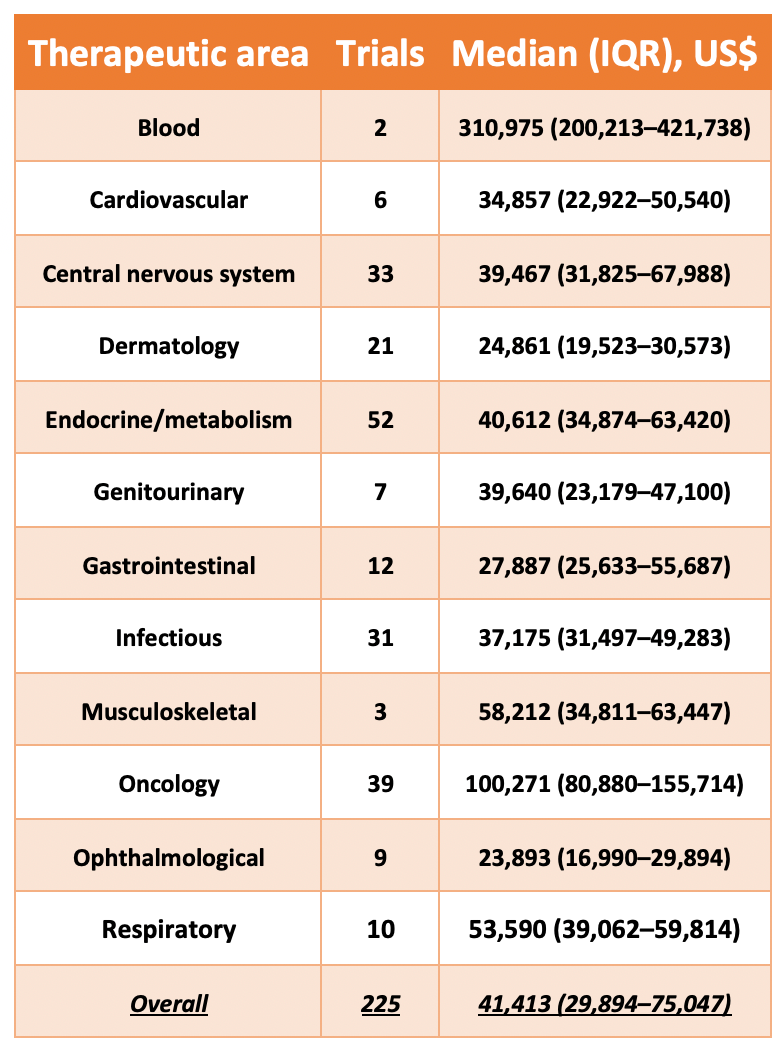New Research Emerges to Challenge Steep Costs of Clinical Trials
The Institute for Safe Medication Practices has released a new study which breaks down the estimated costs associated with the approval of new pharmaceutical treatments.
One of the most popular numbers cited in pharma industry circles in recent years is $2.6 billion. That figure, originating from a 2014 study by the Tufts Center for the Study of Drug Development (CSDD), represents the cost of developing and gaining marketing approval for a new prescription drug.
After factoring in an additional $312 million for post-approval development, which includes formulations and dosage strengths, the total life-cycle cost rises to $2.9 billion, Tufts found.
That study, and its polarizing results, have been at the center of conversation in pharma the last several years. Fast forwarding to the present, a new study has emerged challenging Tufts’ previous findings on drug development cost.
Published June 11 in the British Medical Journal (BMJ), the new study was conducted by a group of scientists from the nonprofit Institute for Safe Medication Practices (ISMP). The team was led by Thomas Moore, senior scientist, drug safety and policy, ISMP. The group plugged in data from 101 new drugs approved from 2015 to 2017 into a licensed clinical trial cost estimator created by IQVIA. For the 225 individual trials reviewed, the study concluded the median cost of each was $19 million, with an interquartile range (IQR) of $12 million to $33 million. The estimated median cost for a pivotal clinical trial came out to $48 million, with an IQR of $20 million to $102 million. In the 2014 Tufts study, researchers estimated the average cost of a Phase III trial to be $255 million.
Data for the Tufts research was based on information provided by 10 pharmaceutical companies on 106 randomly selected drugs first tested in human subjects between 1995 and 2007. Factors cited in the report contributing to the $2.6 billion figure included more complex and extensive clinical trials and high failure rates for other drugs in testing. As noted, the Tufts study also factored in post-approval development costs.
In the new study by ISMP, costs per drug varied substantially among pivotal clinical trials that would lead to marketing approval. Overall, 45 of the 101 drugs analyzed were approved with a single trial, with a median cost of $28 million (IQR of $13 million to $62 million). For 29 of the reviewed treatments, the cost almost doubled when two trials were required, with a median of $45 million (IQR of $28 million to $69 million). The remaining 27 drugs were approved after three to 11 trials, at an estimated median cost of $91 million (IQR of $56 million to $128 million).
Factors influencing the cost of trials the most in the ISMP study were the number of patients required to establish the treatment effects, which varied from four to 8,442, and the number of clinic visits patients had to make (ranged from two to 166).
Higher patient enrollment in the analyzed trials was due to an already approved drug being a known remedy for the indication sought. There were 62 trials in which there was an existing active drug being used as a control group. These trials enrolled a median of 653 patients, compared to studies in which a placebo was used (547), and those which were uncontrolled (145).
As far as clinic visits, the pivotal trials reviewed by ISMP required a median of 11 visits. Each additional visit added a median of $2 million to the overall estimated trial cost.
When breaking down the estimated trial cost per patient, the average total came in at $41,413 (IQR of $29,894 to $75,047). Each patient visit to the study clinic cost an estimated median of $3,685 (IQR of $2,640 to $5,498).
Another key factor that varied trial costs was respective therapeutic area, ISMP found. According to the study, among the drugs analyzed, treatments varied from eye drops and skin creams to infusions and other intensive oncology treatments. The table below shows how cost per patient varied by therapeutic area.

The ISMP study concludes by stating, “Overall, the estimated costs are modest for establishing the benefits that will guide the treatment of thousands to millions of future patients.”
While researchers clearly took many factors into account, the study does have limitations. The most notable one is that these costs are credible estimates. According to the authors, the costs of some trial features were not publicly available, so they used default values from other studies or from a range of assumptions. The study also didn’t factor in additional figures such as sponsor costs for trial design, contract monitoring, and the medication.
The true cost of clinical trials will continue to be up for debate, as these two studies illustrate.